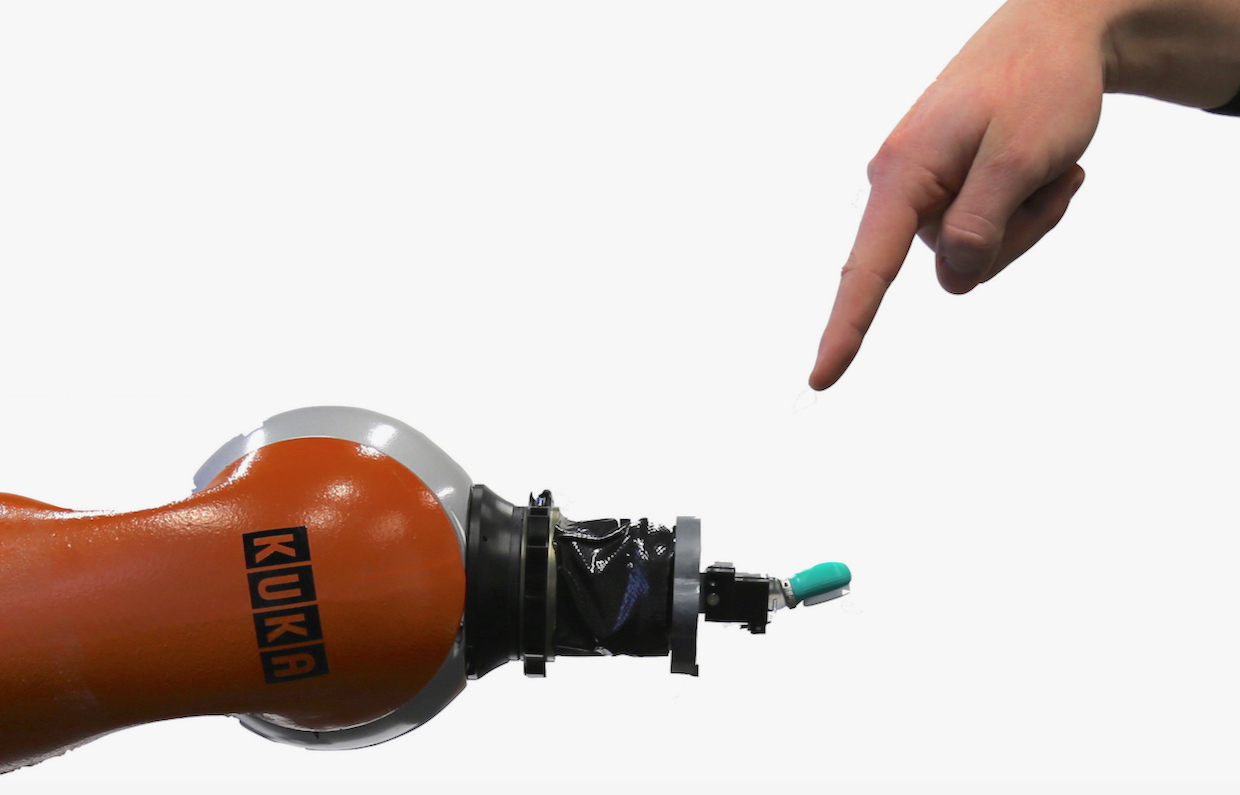
One of the most useful things about robots is that they don’t feel pain. Because of this, we have no problem putting them to work in dangerous environments or having them perform tasks that range between slightly unpleasant and definitely fatal to a human. And yet, a pair of German researchers believes that, in some cases, feeling pain might be a good capability for robots to have.
The researchers, from Leibniz University of Hannover, are developing an “artificial robot nervous system to teach robots how to feel pain” and quickly react in order to avoid potential damage to their motors, gears, and electronics. They described the project last week at the IEEE International Conference on Robotics and Automation (ICRA) in Stockholm, Sweden, and we were there to ask them what in the name of Asimov they were thinking when they came up with this concept.
via IEEE Spectrum
Image: Leibniz University of Hannover






